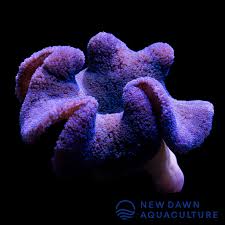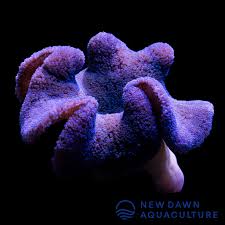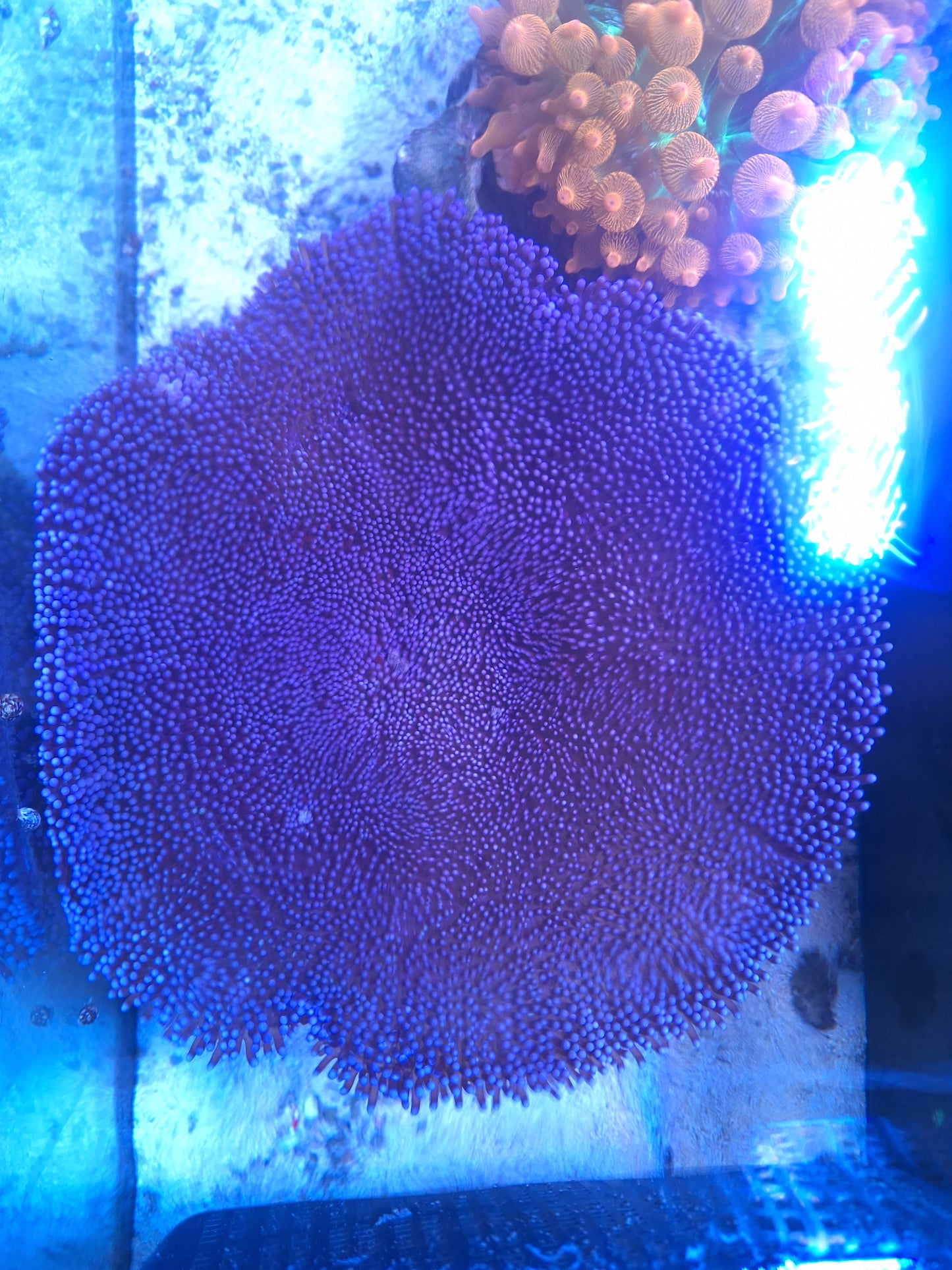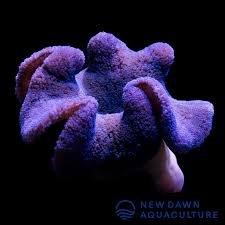Purple Carpet Anemone
Purple Carpet Anemone
check_circle Fast Shipping
check_circle Quality Products
check_circle Affordable Price
Reach out to us on ''available to order'' items via WhatsApp or email
Low stock: 1 left
Couldn't load pickup availability

Purple Carpet Anemone
package_2
Product Description
Product Description
Carpet Anemone – Description & Care Guide
Common Names: Carpet Anemone, Gigantic Carpet, Saddle Carpet, Merten’s Carpet
Scientific Names:
-
Stichodactyla haddoni (Haddon's Carpet)
-
Stichodactyla gigantea (Gigantic Carpet)
-
Stichodactyla mertensii (Merten’s Carpet)
Origin: Indo-Pacific
Type: Large, host anemone
🌟 Description
Carpet anemones are large, fleshy anemones with a dense field of sticky, short tentacles covering a broad oral disc. They come in a wide range of colors: green, blue, purple, tan, or red. They are known for their intense stickiness and clownfish-hosting capabilities, particularly with species like ocellaris, percula, and clarkii.
-
Haddoni tends to stay in the sand.
-
Gigantea prefers rockwork and higher flow.
-
Mertensii is usually attached to hard substrates and can grow extremely large.
🧪 Water Parameters
| Parameter | Ideal Range |
|---|---|
| Temperature | 75–80°F (24–27°C) |
| Salinity | 1.025–1.026 |
| pH | 8.1–8.4 |
| Alkalinity | 8–12 dKH |
| Calcium | 400–450 ppm |
| Magnesium | 1250–1350 ppm |
| Nitrates | <10 ppm |
| Phosphates | <0.05–0.1 ppm |
💡 Lighting & Flow
-
Lighting: High. Carpet anemones require intense lighting (reef LEDs, T5s, or metal halide).
-
Flow: Moderate to strong, especially for gigantea. Ensure it's not being blasted directly.
🍽️ Feeding
-
Photosynthetic, but benefits greatly from supplemental feeding 1–2x per week:
-
Mysis shrimp
-
Chopped fish or shrimp
-
Silversides (small pieces only)
-
High-quality frozen reef foods
-
Do not overfeed; small portions are key.
📍 Placement
-
Haddoni: On sandy substrate with foot buried and base touching hard surface below.
-
Gigantea: Prefers rockwork and more flow. Often climbs higher in the tank.
-
Mertensii: Requires strong light and a large rock base to attach to.
Allow ample space—they can grow up to 2 feet wide and sting nearby corals.
⚠️ Compatibility & Caution
-
Strong Sting: Carpet anemones can harm or consume fish that wander too close.
-
Tank Mates: Best kept with clownfish and fast-swimming or aware species. Avoid slow, bottom-dwelling fish.
-
Secure Lid: Carpets are powerful and may move—ensure all powerheads are guarded.
✅ Summary
The Carpet Anemone is a dramatic, colorful centerpiece for experienced reef keepers. It offers a natural symbiotic relationship with clownfish and thrives under strong lighting and stable conditions. Due to its sting and large size, careful placement and tank mate consideration are essential.




